By ADMIN
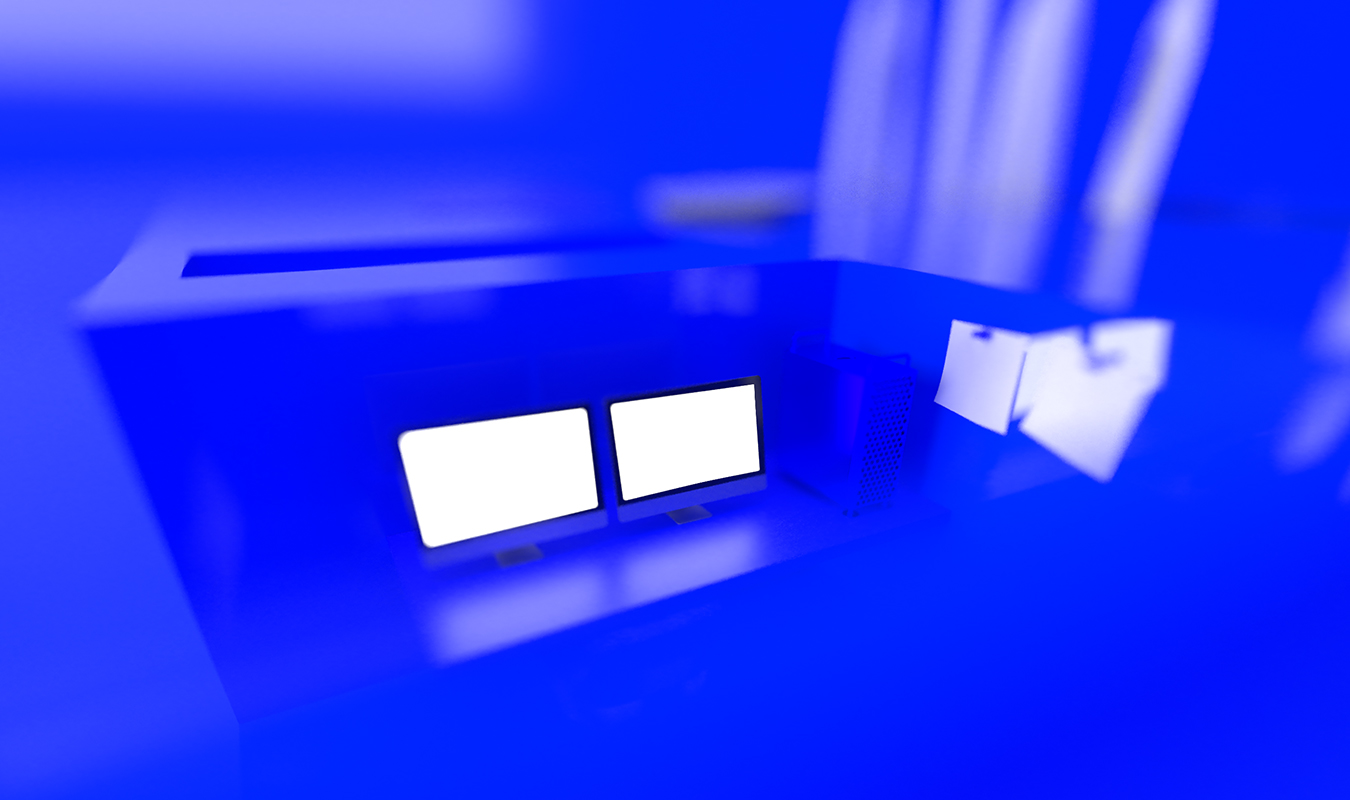

Each customer has, by nature, a specific need and demand for its plastic part manufacturing. Moulding Injection's job is to reconcile these needs as well as possible, with all the technical requirements.
Because the design of the plastic part, inseparable from the creation of the plastic mould, requires that all aspects be thought out well in advance, from manufacture to the final destination.
The mould maker must then take into account the constraints specific to the plastics industry, such as the need for constant thicknesses, while at the same time making them compatible with the desired use of the final part.
A part that is too thick can thus prove to be too heavy, present risks of re-cracking and warping, or lengthen the production time and therefore the cost.
Conversely, a part that is too thin may break or not be rigid enough.
It is up to the mould maker to optimize the part.
To do this, Moulding Injection works with powerful software to determine the best solution each time in terms of quality/price ratio.
Beyond the mechanical constraints, designing a plastic part well also means thinking about aesthetics, demoulding, surfacing...
-radiating the edges well allows a better flow of the plastic in the mould, and therefore a better demoulding with less risk of breakage.
-designing the drafts guarantees to reduce scratches on the part at the time of demoulding. Moulding Injection thus optimises the stripping angle according to the desired finish.
-Avoid undercuts for perfect demoulding, or alternatively design a technical solution, for example by incorporating lateral slides in the mould.
In order to reconcile sometimes contradictory constraints, a good Moulding Injection type moulder therefore masters various technical tricks: creation of ribs, elimination of slides, optimised assembly, using symmetry to reduce costs, overmoulding, etc...
A plastic part finally finished always seems very simple, whereas its design work is very complex: Moulding Injection masters this technicality perfectly during the design phase, combining knowledge and know-how.
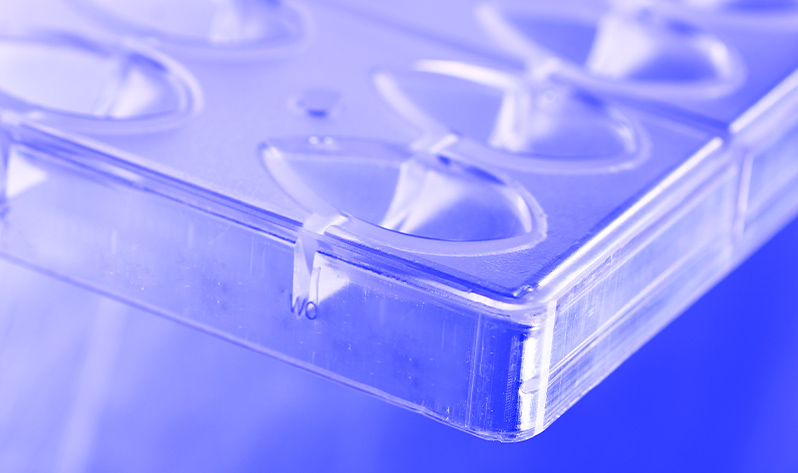
Chocolate has been a popular treat for loads of years, and because the chocolate enterprise has grown,…
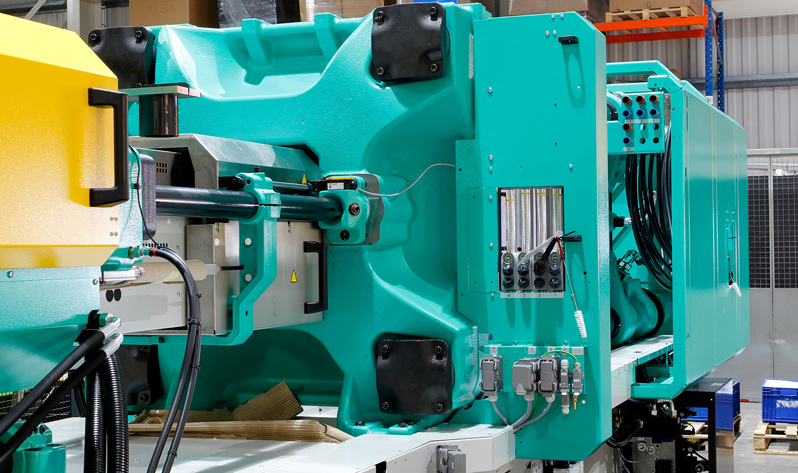
Belgium has gained worldwide recognition for quality chocolate, which represents a combination of culinary…
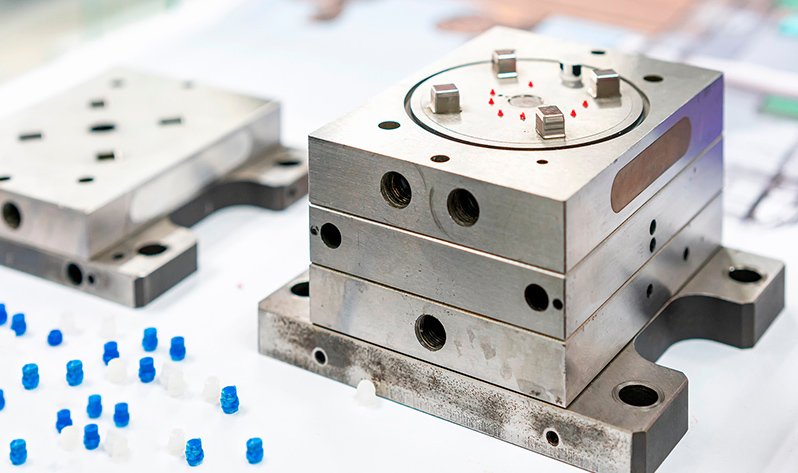
For instance, accuracy and efficiency are key to manufacturing. The many critical processes companies…
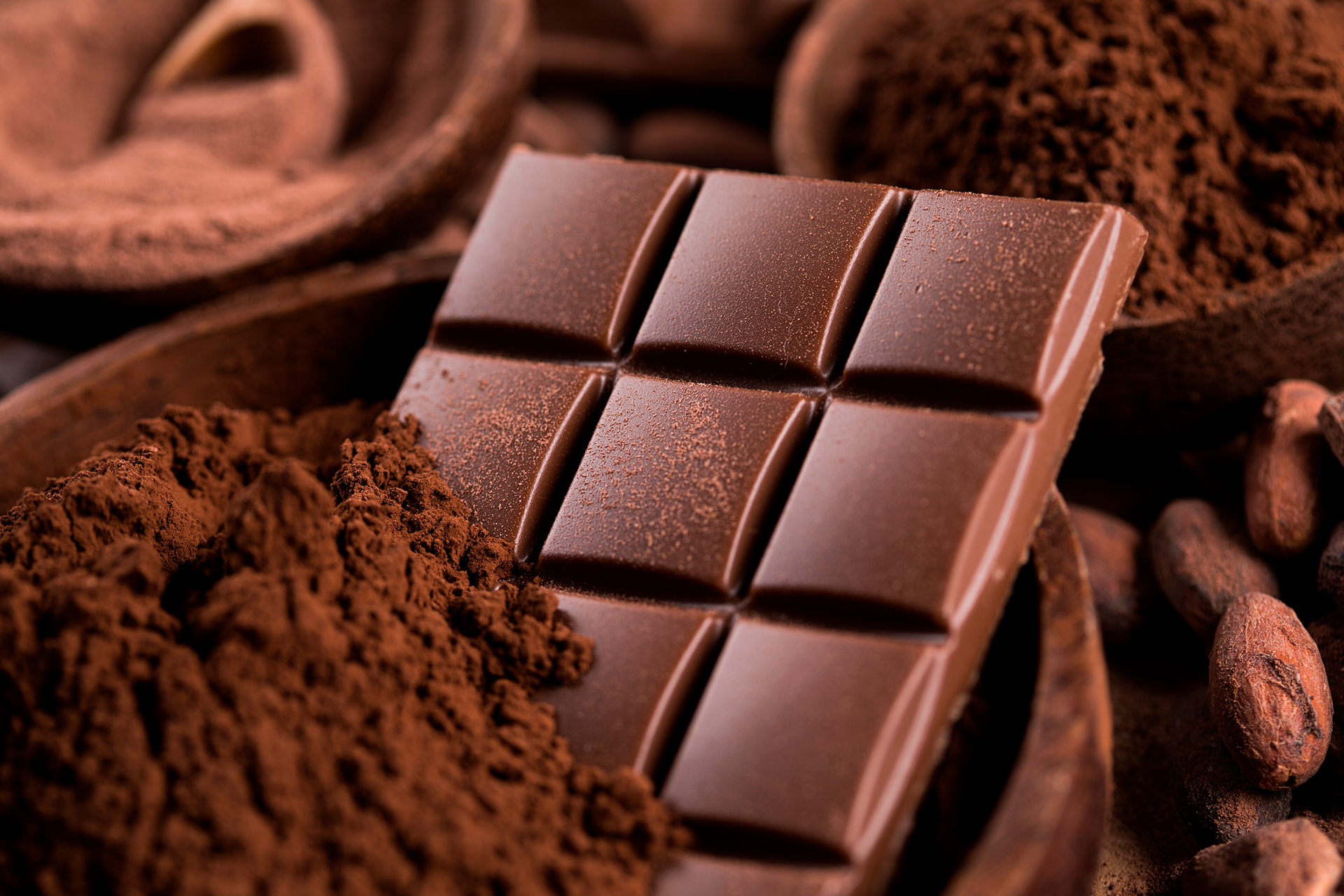
Belgium is the country that spells chocolate, and connoisseurs across the world agree with the fact…